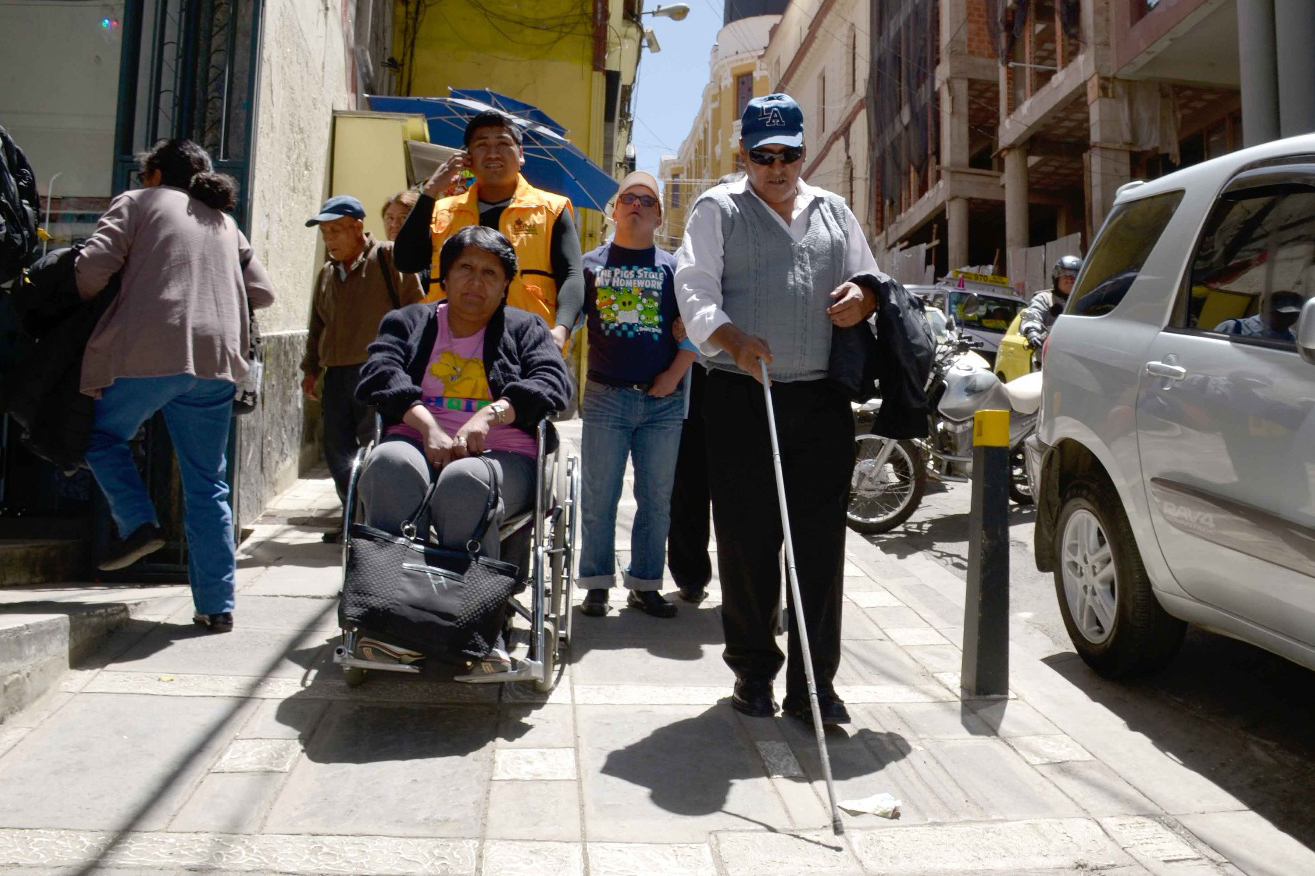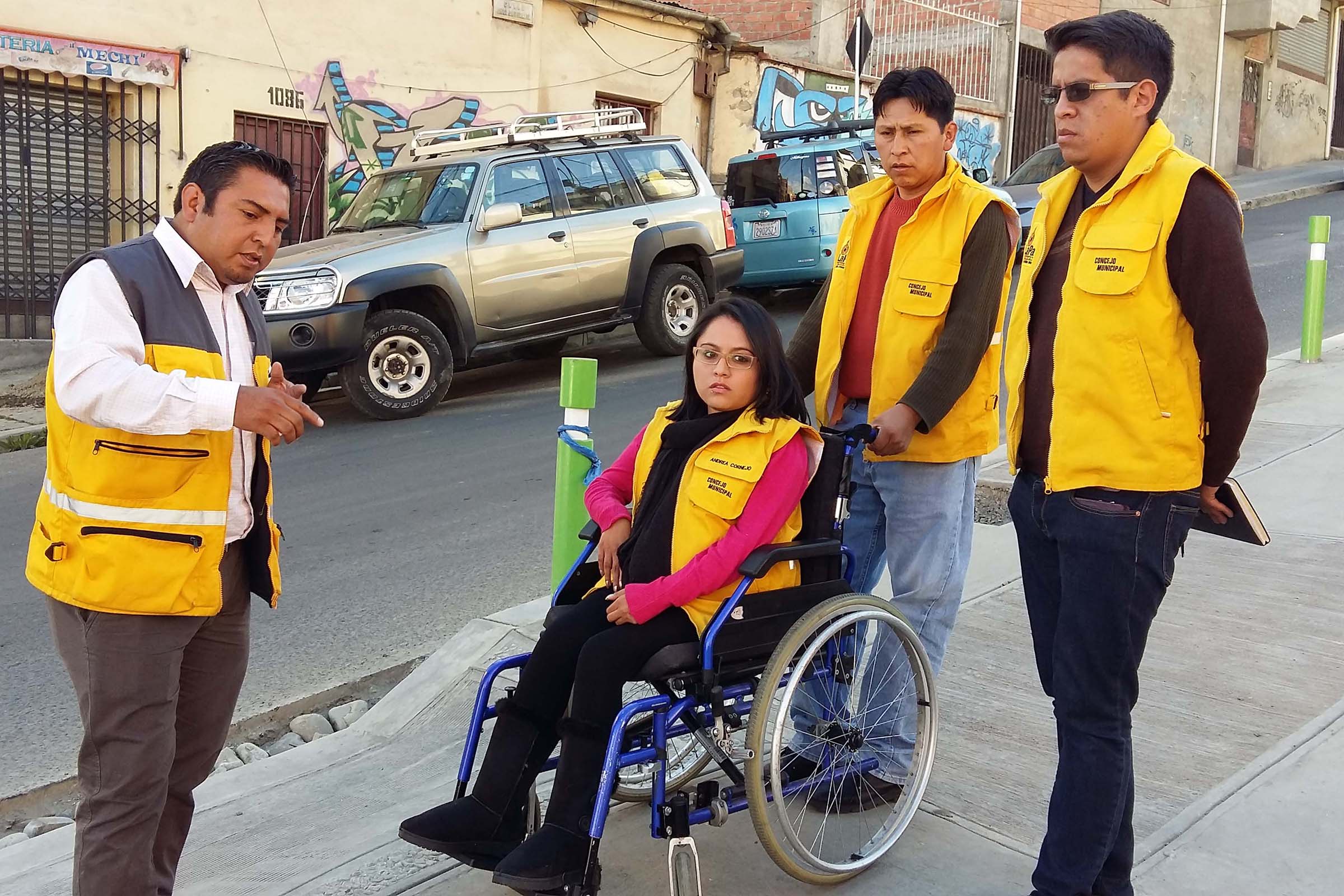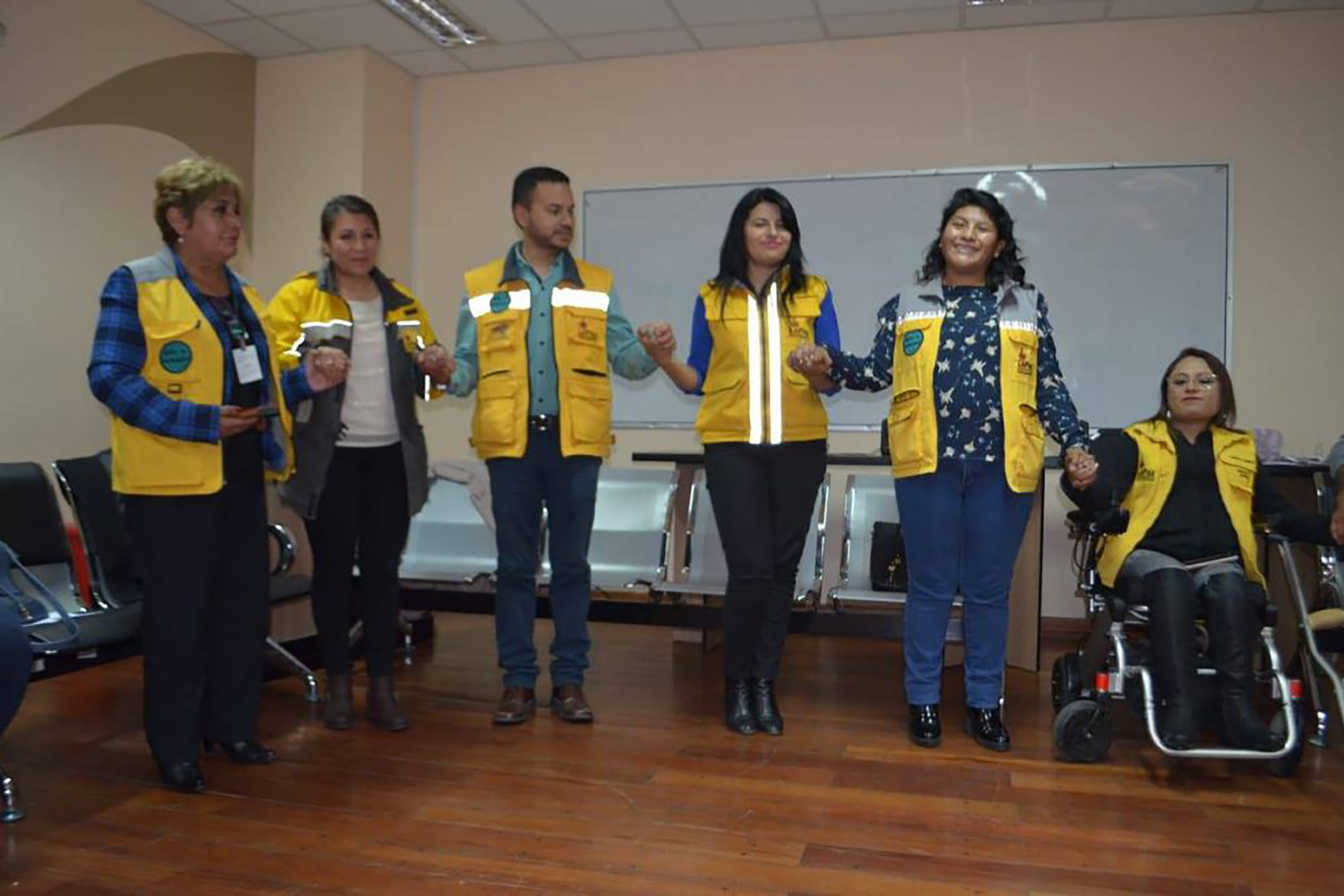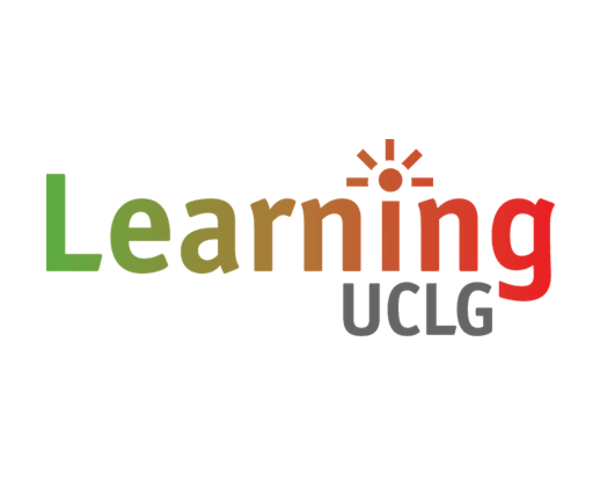City
La Paz
Main actors
Local Government
Project area
Whole City/Administrative Region
Duration
2018 - 2022
The incorporation of an inclusive perspective in the delivery of works, services and activities carried out by the Autonomous Municipal Government of La Paz.
The Elimination of Architectural and Urban Barriers Plan (EBAU) aims to eliminate architectural barriers in buildings and spaces under construction in addition to providing greater accessibility to municipal citizen services by using universal accessibility criteria. The plan is based on the principles and values of non-discrimination, accessibility, reasonable adaptations, progressiveness, gender complementarity, plurality and diversity, inclusive dialogue and transversality.
This case study was contributed from the UCLG Learning team.
Peer-Learning Note #30 on Building Cities for All (forthcoming).
On Map
The Map will be displayed after accepting cookie policy





